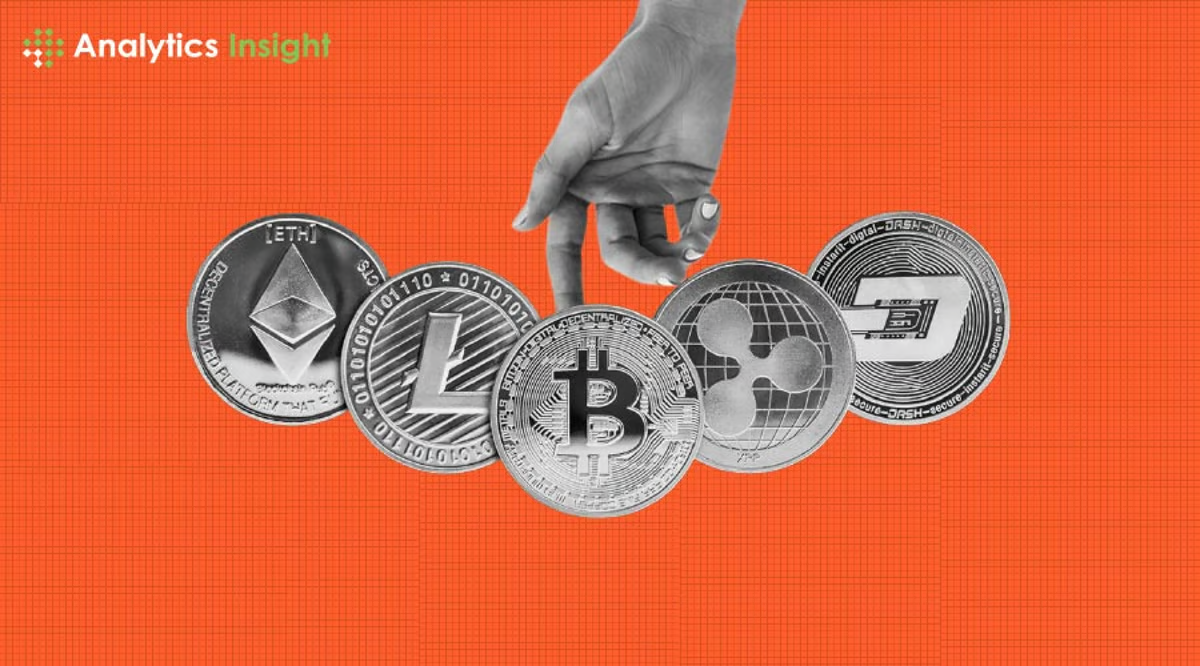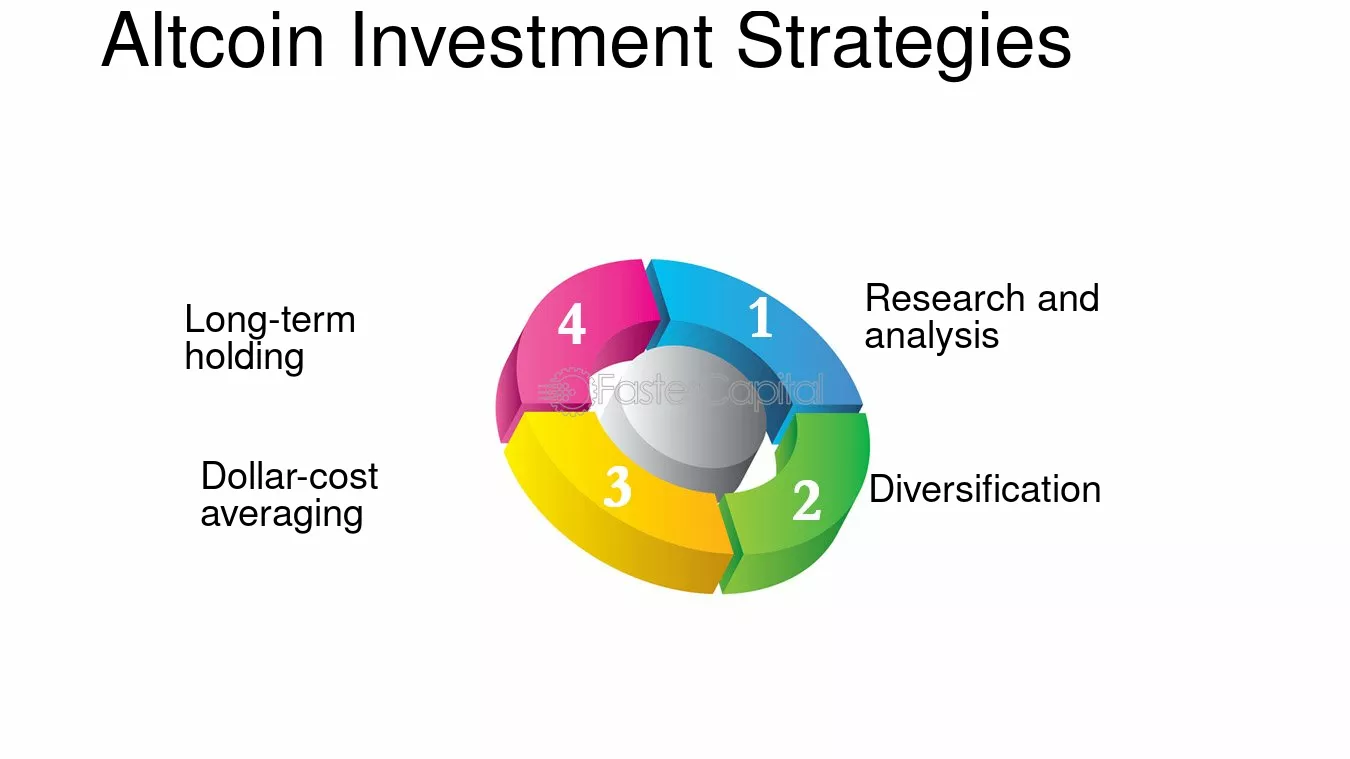How to Choose the Best Altcoins for Long-Term Investment

Cryptocurrency investing isn’t just about Bitcoin anymore. With thousands of alternative coins (altcoins) flooding the market, investors now have a wide range of options to diversify their portfolios. But with so many choices, how do you know which altcoins are worth investing in for the long term? Choosing the best altcoins for long-term investment requires careful research, risk assessment, and an understanding of the market.
In this guide, we’ll walk you through the key factors to consider when choosing altcoins for long-term investment and how to spot potential winners. Whether you’re new to crypto or looking to expand your portfolio, this guide will help you make informed decisions.

What Are Altcoins?
Before we dive in, it’s important to define what altcoins are. Altcoins refer to any cryptocurrency other than Bitcoin. While Bitcoin dominates the market, altcoins make up a large portion of the cryptocurrency space, and some have unique use cases and growth potential.
Altcoins can include:
- Ethereum (ETH): The second-largest cryptocurrency by market cap, known for its smart contract functionality.
- Solana (SOL): A fast blockchain network optimized for decentralized applications (dApps) and finance.
- Chainlink (LINK): A decentralized oracle network that connects real-world data with blockchain technology.
Why Consider Altcoins for Long-Term Investment?

Bitcoin is often seen as the safest bet in cryptocurrency, but investing in altcoins can offer higher growth potential. Some altcoins address specific problems, bring innovation to the space, and are cheaper than Bitcoin, making them attractive options for investors who want exposure to the broader crypto market.
That being said, altcoins tend to be more volatile than Bitcoin, so it’s crucial to do your homework before investing. The key is to look for projects with strong fundamentals, real-world utility, and active development.
Factors to Consider When Choosing Altcoins
1. Market Capitalization
Market capitalization, or market cap, refers to the total value of all coins in circulation. Generally, altcoins with a higher market cap are considered more stable and less prone to extreme price fluctuations. However, this also means they may offer lower returns compared to smaller-cap altcoins.
For long-term investments, it’s often safer to go with mid-cap or large-cap altcoins. These have already established themselves in the market and are less likely to disappear overnight. Examples include Ethereum, Binance Coin (BNB), and Polkadot (DOT).
2. Use Case and Real-World Utility
One of the most important factors in choosing an altcoin is its use case—what problem does it solve, and how is it used in the real world? The best altcoins are those that bring innovation and have strong use cases beyond speculation.
For example:
- Ethereum (ETH) enables smart contracts, which are essential for decentralized finance (DeFi) and non-fungible tokens (NFTs).
- Chainlink (LINK) connects blockchains to real-world data, making it a crucial component for DeFi projects.
Avoid coins that don’t have a clear utility or rely heavily on hype and speculation. These coins are more likely to fade away in the long term.
3. Team and Development Activity
Behind every successful altcoin is a strong development team. Look for altcoins that have an active, experienced team working to improve the project. A transparent, communicative team is a good sign that the project is here to stay.
Check:
- Development activity: Is the project regularly updated on platforms like GitHub? Frequent updates indicate that the project is evolving and has long-term potential.
- Partnerships: Does the project have strategic partnerships with other companies, networks, or institutions? Strong partnerships can help drive adoption and growth.
- Community engagement: A strong, active community can be a sign of a healthy project. Check social media channels, forums, and Reddit discussions to gauge the community’s support for the project.
4. Technology and Scalability
The technology behind an altcoin is critical. Some blockchains struggle with issues like slow transaction speeds, high fees, and poor scalability. For a long-term investment, choose altcoins that have addressed these problems or are actively working on solutions.
For example:
- Solana (SOL) has gained attention for its high throughput, enabling thousands of transactions per second with low fees.
- Polygon (MATIC) is a layer-2 solution that helps Ethereum scale by processing transactions faster and cheaper.
Altcoins that offer scalability solutions have a better chance of surviving in the long term, especially as blockchain adoption grows.
5. Liquidity
Liquidity refers to how easily you can buy or sell an asset without affecting its price. High liquidity means you can enter and exit positions without much slippage, while low liquidity can result in significant price changes when buying or selling large amounts.
Altcoins with higher market caps generally have more liquidity, but make sure the coin is traded on reputable exchanges with enough trading volume. It’s also a good idea to check if the altcoin is supported by multiple exchanges, as this indicates broader acceptance.
6. Regulatory Environment
As governments around the world continue to regulate the cryptocurrency space, it’s important to consider how regulations might affect the altcoin you want to invest in. Some altcoins could be deemed securities or face restrictions, which could impact their long-term viability.
Before investing in any altcoin, make sure to research the regulatory risks associated with it, especially if it’s operating in multiple jurisdictions.
7. Tokenomics
Tokenomics refers to the economic model of the cryptocurrency, including its supply, distribution, and incentives. Look for altcoins with favorable tokenomics that encourage long-term holding and network participation.
Things to consider:
- Total Supply: Coins with a capped supply tend to appreciate more in value over time compared to those with unlimited supply.
- Inflation/Deflation: Does the coin’s supply increase over time (inflationary) or decrease (deflationary)? Coins with deflationary models, such as Ethereum’s EIP-1559 burn mechanism, may hold their value better.
- Staking Rewards: Some altcoins offer staking rewards, which incentivizes holding and supporting the network in exchange for passive income.
Top Altcoins to Consider for Long-Term Investment
While there are thousands of altcoins, here are a few that have strong fundamentals and are worth considering for long-term investments:
1. Ethereum (ETH)
Ethereum is the second-largest cryptocurrency by market cap and remains the backbone of decentralized applications (dApps) and smart contracts. With the upcoming Ethereum 2.0 upgrade improving scalability and energy efficiency, it’s a solid long-term investment.
2. Cardano (ADA)
Cardano is a proof-of-stake blockchain that focuses on security, scalability, and sustainability. Its strong academic approach and active development team make it a favorite for long-term investors.
3. Solana (SOL)
Solana is known for its high throughput and low transaction fees, making it ideal for dApps and DeFi projects. Its impressive growth and technical innovations put it in a good position for future success.
4. Chainlink (LINK)
Chainlink is a decentralized oracle network that connects blockchain data to real-world applications. Its essential role in DeFi makes it a long-term contender in the altcoin space.
5. Polkadot (DOT)
Polkadot is a multi-chain network that enables different blockchains to interoperate. Its innovative technology and strong development team have made it a top choice for investors looking for scalability solutions.
Conclusion
Choosing the best altcoins for long-term investment requires careful research and a clear understanding of the market. Focus on altcoins with strong use cases, active development teams, solid technology, and favorable tokenomics. Avoid coins that rely on hype or lack real-world utility.
Remember: Cryptocurrency is a volatile market, so always invest what you can afford to lose. Diversify your portfolio across different altcoins to spread risk and maximize potential returns.
Ready to start investing? Use these tips to choose altcoins that align with your long-term investment strategy and watch your portfolio grow over time!
comments powered by Disqus